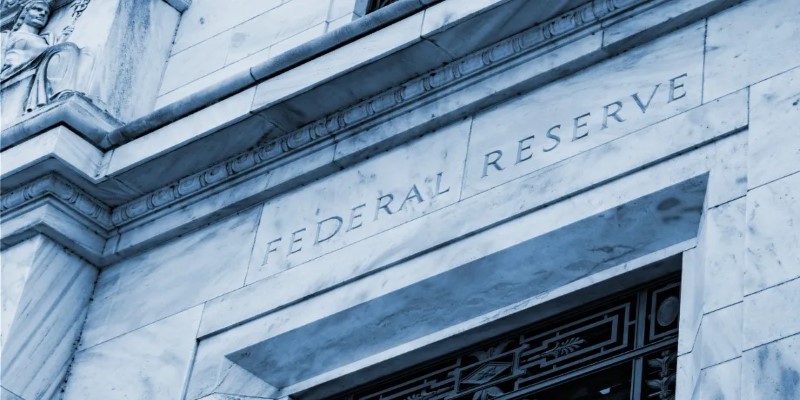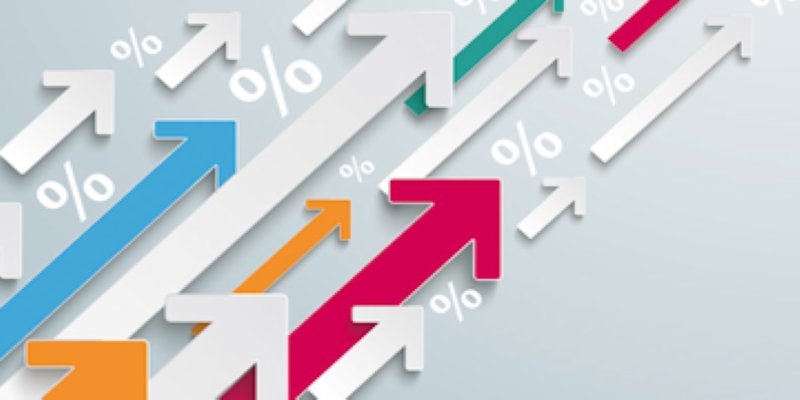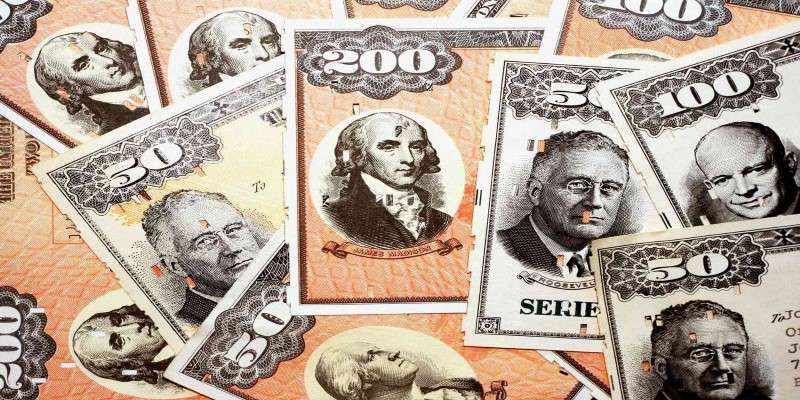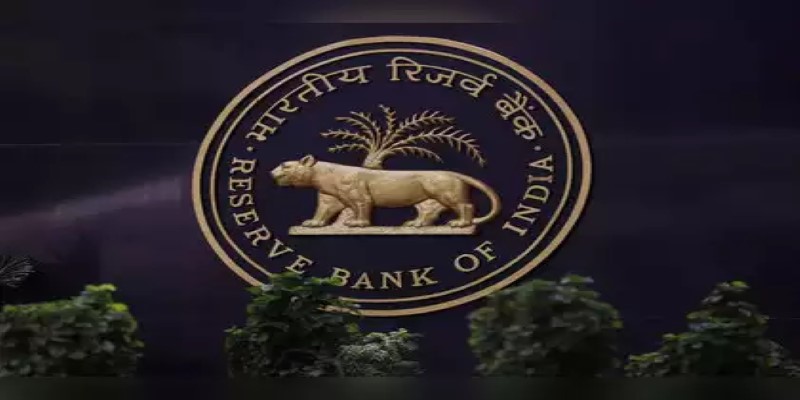Understanding Treasury Bill Rates: Key Factors Explained
Advertisement
Treasury bills, or T-bills for short, are one of the safest investments going. Guaranteed by the U.S. government, they offer a low-risk avenue to realize returns over the short term. But have you ever wondered how those returns are set? Unlike the fixed deposit or corporate bond, where rates are determined at the outset, Treasury bill interest rates are influenced by an array of economic forces. Simple in theory, the process may sound quite complex. Let's break it all down and uncover what really drives these rates. It all comes down to basic supply, demand, and government monetary policies.

The Auction Process: Where It All Begins
Treasury bill interest rates are determined mostly through a competitive auction procedure handled by the U.S. Department of the Treasury. There is a wide range of participants, from individual investors to institutional investors and foreign governments, in these auctions. T-bills are sold at a discount against the face value, and the difference accounts for the investor's yield or return.
Bids at these auctions can be competitive or non-competitive. Competitive bidders state the yield they wish to receive, whereas non-competitive bidders agree to accept the yield established during the auction. The Treasury collects all bids and calculates the lowest yield necessary to sell the entire issue, making this the final rate for that particular auction.
Supply and demand dynamics heavily influence this process. For example, when the T-bills are in high demand, they push the price higher with lower yields, as is witnessed during economic instability. Conversely, when the demand is low, prices fall, and yields increase to lure investors. Finally, the Treasury also relies on volumes of issuance—with a bigger issue by the government to finance spending, if not matched by the demand, then yields increase.
This auction-based system ensures that T-bill rates are market-driven, reflecting the broader economic conditions and investor sentiment at any given time.
The Role of Market Demand and Supply
Market dynamics significantly influence Treasury bill interest rates, primarily through the forces of demand and supply. T-bills are often considered a "safe haven" for investors, particularly during times of economic uncertainty. When stock markets are volatile or when there are fears of a potential recession, investors gravitate toward T-bills, driving up demand. This surge in demand raises the price of T-bills and consequently lowers their yields as these two factors move inversely.
Conversely, when markets are stable or riskier, investments such as corporate bonds or equities offer higher returns, and the demand for T-bills diminishes. Lower demand causes T-bill prices to drop and their yields to rise, making them more attractive to investors seeking fixed-income options. For instance, during economic booms, when corporate earnings are robust, T-bill interest rates typically rise as investors allocate more funds to growth-oriented investments.
Supply, on the other hand, is directly influenced by the government’s fiscal needs. The Treasury issues T-bills to fund government operations, including infrastructure projects, defense spending, and social programs. During periods of high government spending, such as wartime or in response to crises, the supply of T-bills increases. If demand doesn’t keep pace with this increased supply, yields can rise to attract more buyers.
The Influence of Federal Reserve Policies

The Federal Reserve significantly impacts Treasury bill interest rates through its monetary policies, particularly the federal funds rate. This rate sets the tone for short-term borrowing costs across the economy. When the Fed raises the federal funds rate to combat inflation, T-bill yields often rise as investors demand higher returns. Conversely, a rate cut aimed at stimulating the economy typically lowers T-bill yields.
The Fed’s open market operations also play a role. By buying Treasury bills during quantitative easing (QE), the Fed increases demand, driving up prices and lowering yields. Conversely, during quantitative tightening (QT), when the Fed reduces its holdings, yields often rise due to decreased demand.
Market expectations around Fed policy changes also influence T-bill rates. Anticipation of a rate hike can push yields higher, while expectations of a rate cut often result in lower yields. Additionally, inflation targeting by the Fed indirectly shapes T-bill rates as investors adjust to the Fed's efforts to maintain stable inflation at around 2%.
Historical examples, like the high T-bill yields of the 1980s during inflation control efforts or near-zero yields in the 2010s during economic recovery, highlight the Fed’s pivotal role. Ultimately, T-bill rates mirror the Fed’s broader monetary strategy, reflecting the health of the economy and market sentiment.
How Economic Conditions Shape T-Bill Rates
Broader economic conditions are another key factor in determining Treasury bill interest rates. Inflation, unemployment, and GDP growth all play a role.
Inflation: When inflation rises, investors seek higher returns to offset the decline in purchasing power over time. This drives T-bill rates up. Conversely, low inflation or deflation can lead to lower T-bill yields.
Economic Growth: Economic growth also plays a vital role. In a booming economy with strong corporate earnings and rising consumer confidence, investors shift their focus to riskier, higher-return investments. This reduces demand for T-bills, pushing their yields higher. For example, in the pre-dot-com bubble era of the late 1990s, robust economic growth led to higher T-bill rates as investors prioritized equities.
Government Debt Levels: Another crucial factor is government debt levels. When the government borrows heavily, as seen during the 2020 pandemic response, the increased issuance of T-bills can lead to higher yields if investors grow concerned about the country’s debt sustainability.
Conclusion: The Many Forces Behind T-Bill Rates
Treasury bill interest rates may seem like a small piece of the financial puzzle, but they’re influenced by a web of interconnected factors. From the auction process and market demand to Federal Reserve policies and economic trends, each element plays a role in shaping these rates. For investors, understanding these dynamics is key to making informed decisions. Whether you’re a seasoned professional or a curious beginner, the forces that determine T-bill rates reflect the broader movements of the economy—and offer valuable insights into where it’s headed next.
Advertisement












